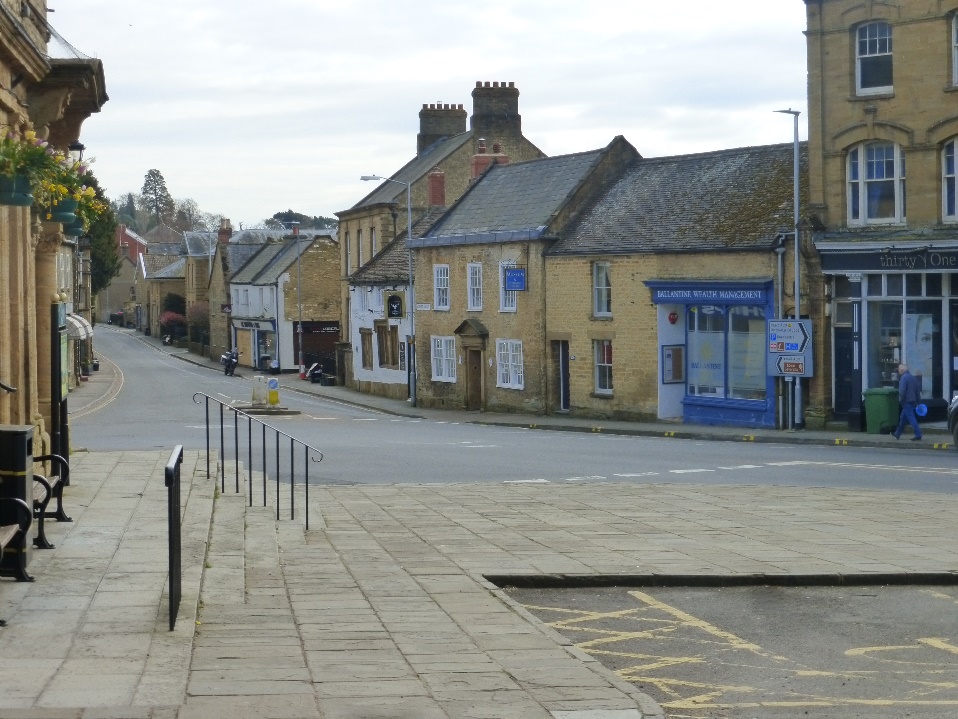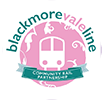More activities for you to look into plus a series old photographs for review.
Have you, your parents or grandparents old photographs of CrewkerneTown. We would be very pleased to see them! Our archives are far from full and we dearly like to keep them safe for future generations.
Please give feedback to crewkernemuseum@hotmail.co.uk
History Heroes Part 2
We must all agree that the most important heroes today are those working for the NHS. Before 1948 things were very different. At the end of WW2 the Labour government passed the revolutionary National Insurance Act in 1946 which enabled the establishment of the National Health Service on 5 July 1948 which was designed to support ALL “from cradle to grave”.
Before this date how healthy you were depended on a few things – luck, diet, income, where you lived all contributed to being healthy.
How illness was dealt with was random also. Strange remedies could include drinking urine, applying leeches, blood- letting, drinking whiskey or just placing sliced onions around the house to ward off flu.
Take a look online to see if you can discover some more of these crazy ideas! Also talk to your grandparents – they are bound to have some remedies for colds and other common complaints!
Caring Crewkerne! Check out the sites around town highlighted in this story.
The 1800s in Crewkerne were not like today. Yes, the town was noisy but it wasn’t from traffic – horses and carts, carriages and footfall don’t compare with Cars, Lorries and Tractors. The town was full of factories! North Street, Carter Street (remember where that was?) and South Street would hear the trudge of boots making their way to work in the webbing, sail cloth and shirt factories. Machinery was big and noisy.
Housing for the poor in the 1800s was not too healthy either. Many of the terraced cottages where factory workers lived shared an outside lavatory and a pump to collect water. The homes were heated by a fire, probably burning wood, and the rooms would be cold and damp, especially during the winter.
This is where our History Hero steps in!
The factory in South Street situated where the Linen Yard is today was owned by a fantastic man ROBERT BIRD.
This gentleman began business in partnership with his father-in-law in the 1840s as a girth web weaver on a site where Lidl now stands. By 1846 this partnership had ended and Bird set up on his own in 20 South Street using buildings to the rear. In 1849 he bought another property, to use initially as a warehouse, opposite. (Some Crewkerne residents may remember it as Cooper’s Barbers.)
By 1851 Bird was employing 90 men, 43 women and 43 children. By 1857 Bird had developed his factory, steam power drove the looms and he was using a site further down South Street (now The Linen Yard) where he was to build a new factory to house the noisy machinery. Bird had gone to court with Thomas Mathews, his brother-in-law, to agree a contribution from him to move Bird’s factory. Mathews had bought Henhayes House (now James’s) and objected to the noise of the factory!
The removal to the site further down the road left Robert Bird with an empty building in South Street. This is where Victorian philanthropy stepped in – Bird donated the building to the town to be used as a hospital. The town was responsible for equipping the hospital and employing a matron. Records tell us the matron was kept busy growing fruit and vegetables for the patients when she wasn’t tending to their needs.
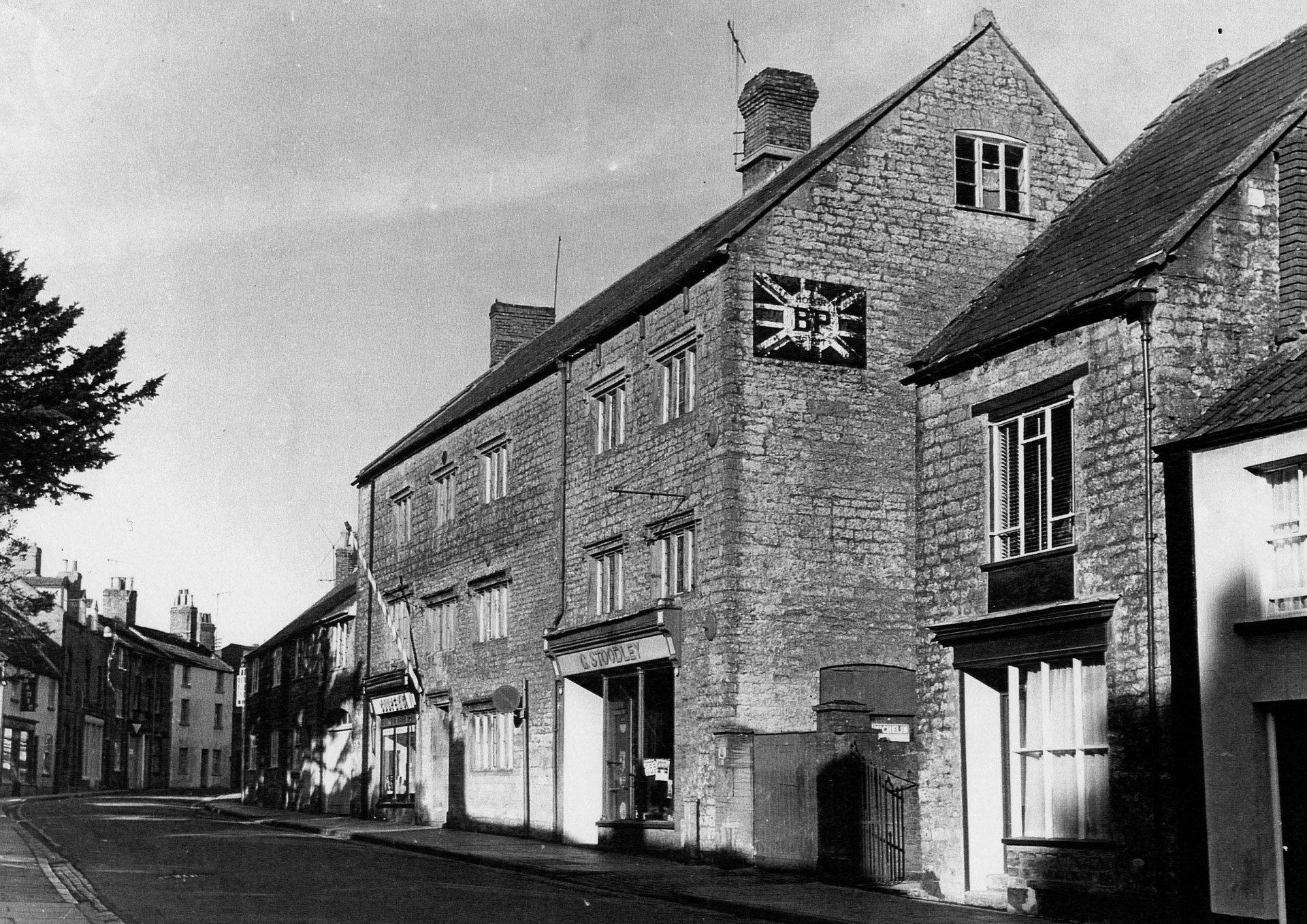
In these pre- NHS times Crewkerne was fortunate in having a hospital that ALL could use, regardless of wealth – one of Bird’s conditions. He had also created housing for his workers next to the factory and, near the hospital; a row of cottages gave homes to retired weavers over the age of 55. The old hospital and the cottages for retired weavers were demolished in 1971 to make way for the entrance to the site for supermarkets. The plaque from the weaver’s cottages can be seen on the wall near the car park entrance.
The Robert Bird Charity continues today with the provision of 5 bungalows in Middle Path for tenants who worked for Bird’s company, or long term residents of Crewkerne who are over 60 and eligible for supplementary benefit. Bird may have been a successful business man, but he never forgot those who were not as fortunate. And, of course we have our hospital in Middle Path which was built in the early 1900s and still depends on voluntary help today.
Can you help?
Photograph taken in West Street in 1965.
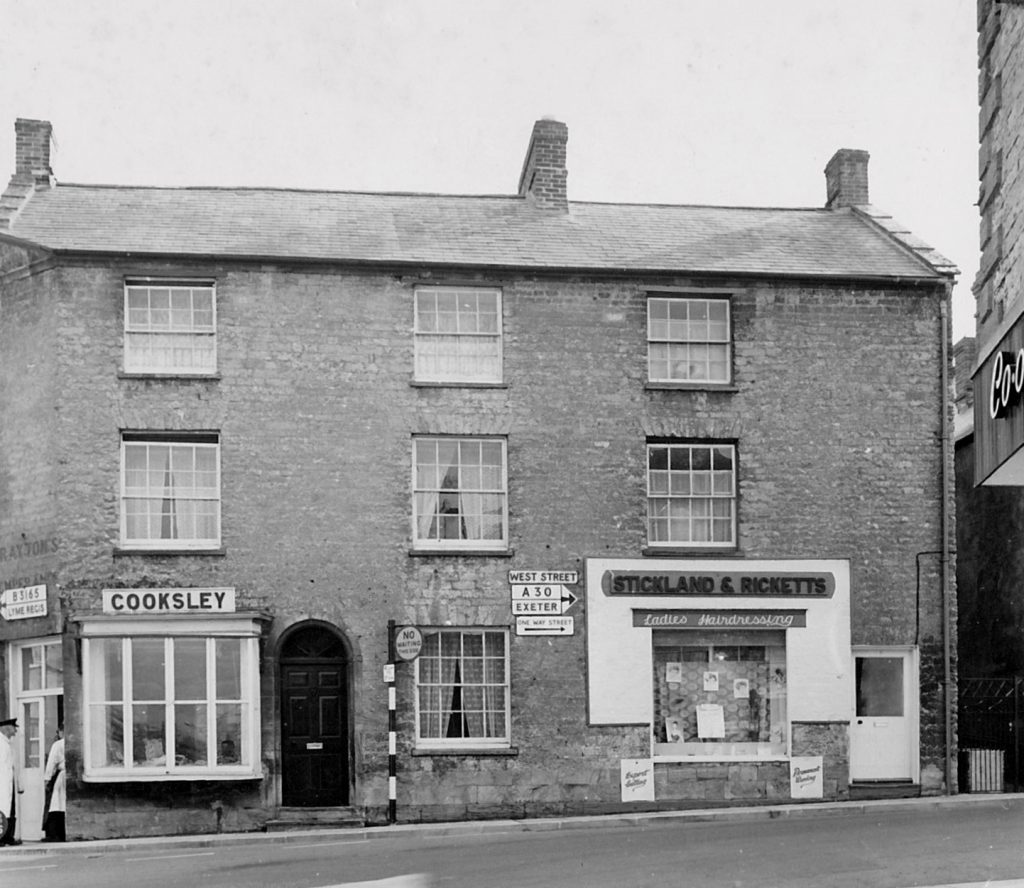
Can you enlighten us with any information about this Photograph?
Please email crewkernemuseum@hotmail.co.uk.
Can you help?
Photograph taken in Market Street in 19??
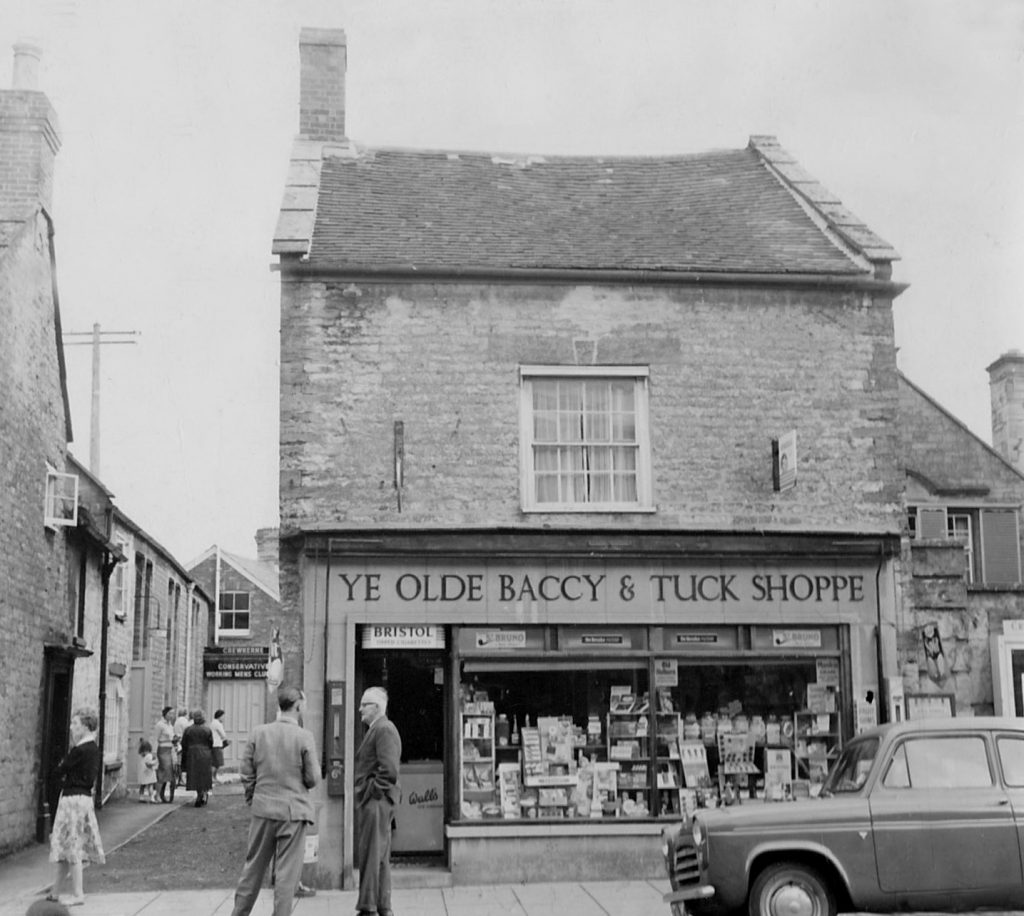
Can you enlighten us with any information about this Photograph?
Please email crewkernemuseum@hotmail.co.uk.
Can you help?
Photograph taken in 19??
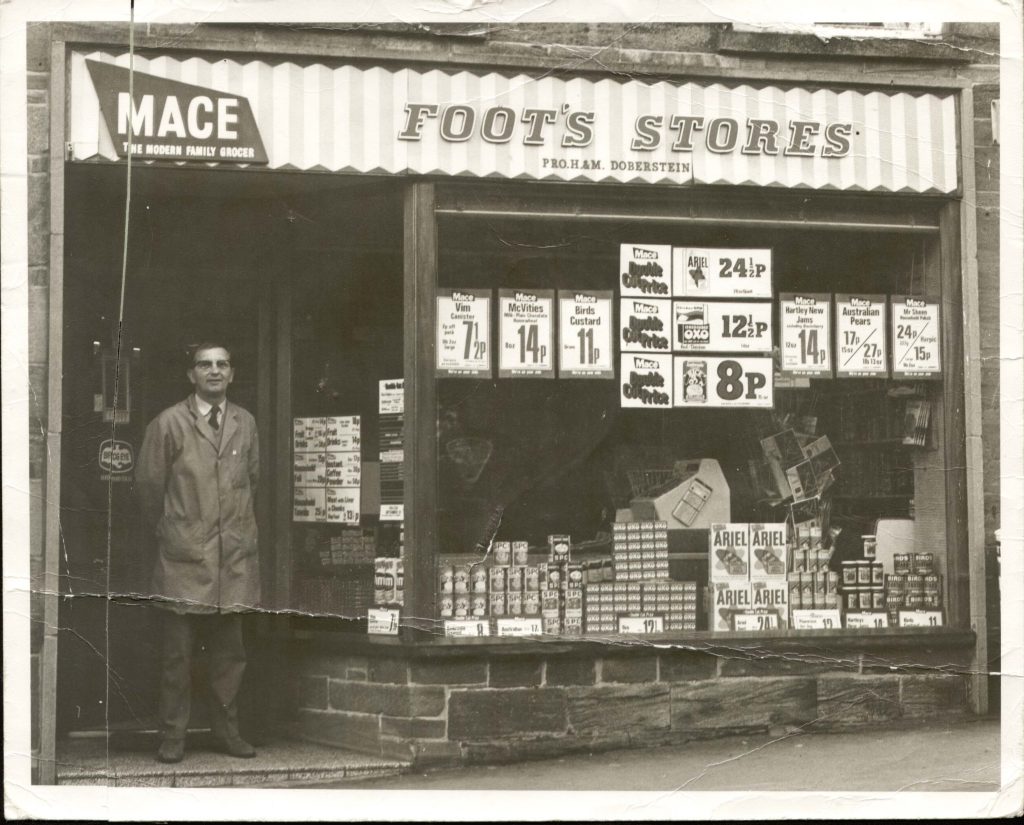
Can you enlighten us with any information about this Photograph?
Please email crewkernemuseum@hotmail.co.uk.
Can you help?
Market Square Photograph/Advertisement from19??
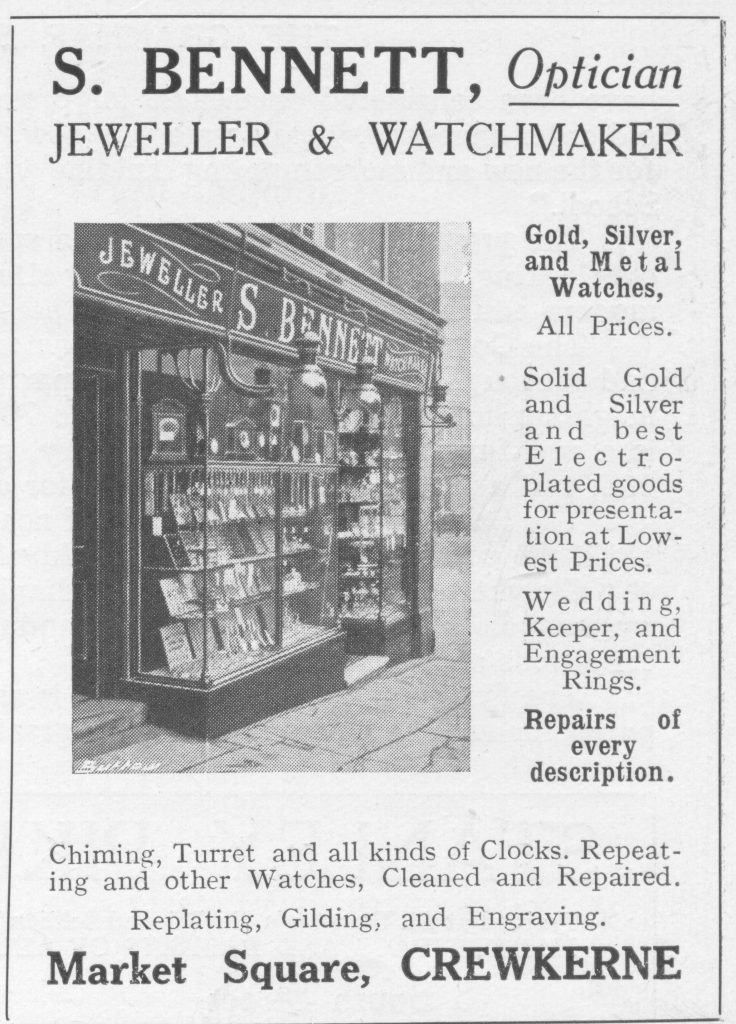
Can you enlighten us with any information about this Photograph/Advertisement?
Please email crewkernemuseum@hotmail.co.uk.
Can you help?
The museum has a collection of old photographs of the old Grammar School in Mount Pleasant.
We are looking for more recent photographs from the 1940’s, 1950’s, 1960’s up until its closure in 1971.
Any interesting stories or photographs from the Old Boys who attended the school?
Please email crewkernemuseum@hotmail.co.uk.
Can you help?
Photograph taken in Market Square in 19?? now Oscars.
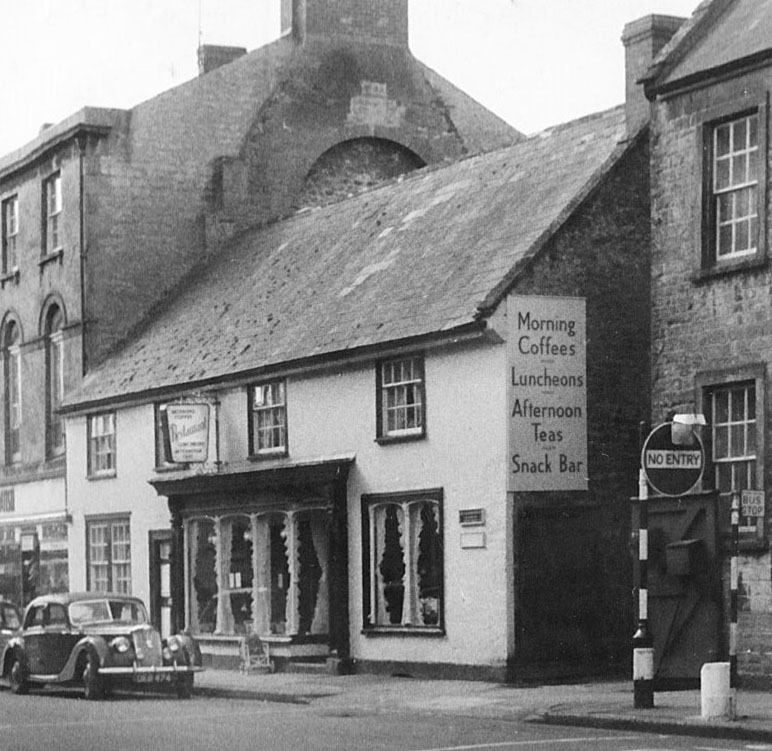
Can you enlighten us with any information about this Photograph?
Please email crewkernemuseum@hotmail.co.uk.
Can you help?
Photograph taken in Market Square in 19??.
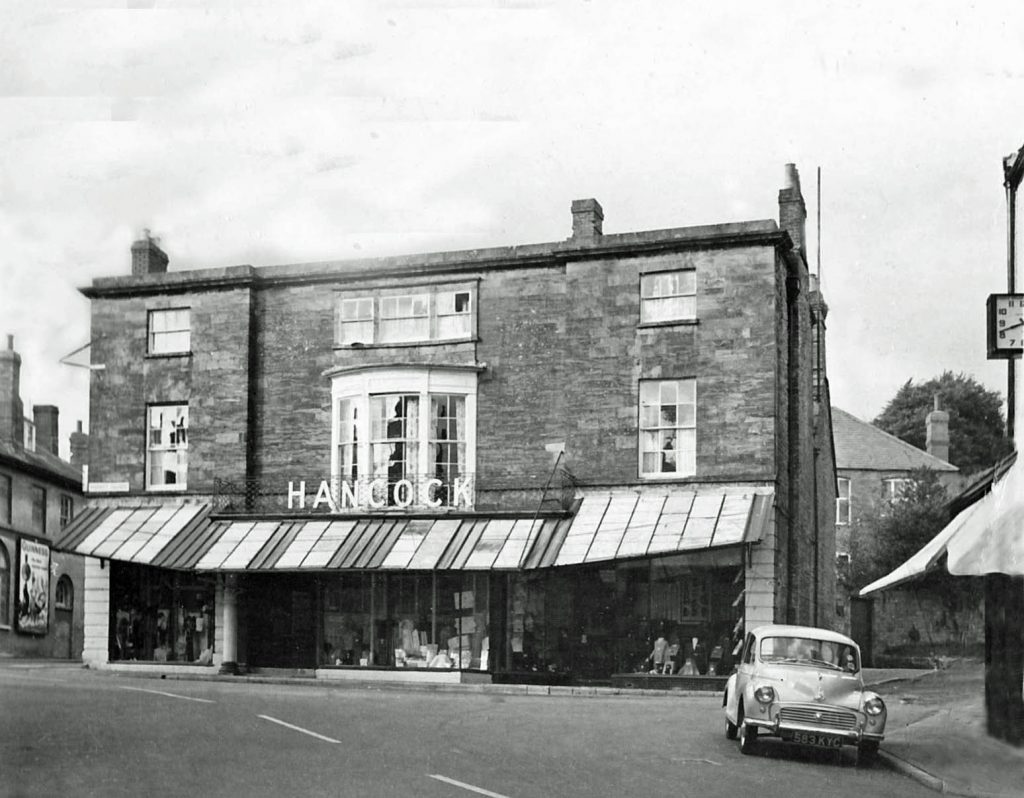
Can you enlighten us with any information about this Photograph?
Please email crewkernemuseum@hotmail.co.uk.
Can you help?
Photograph taken in Market Square / Market Street in 19??.
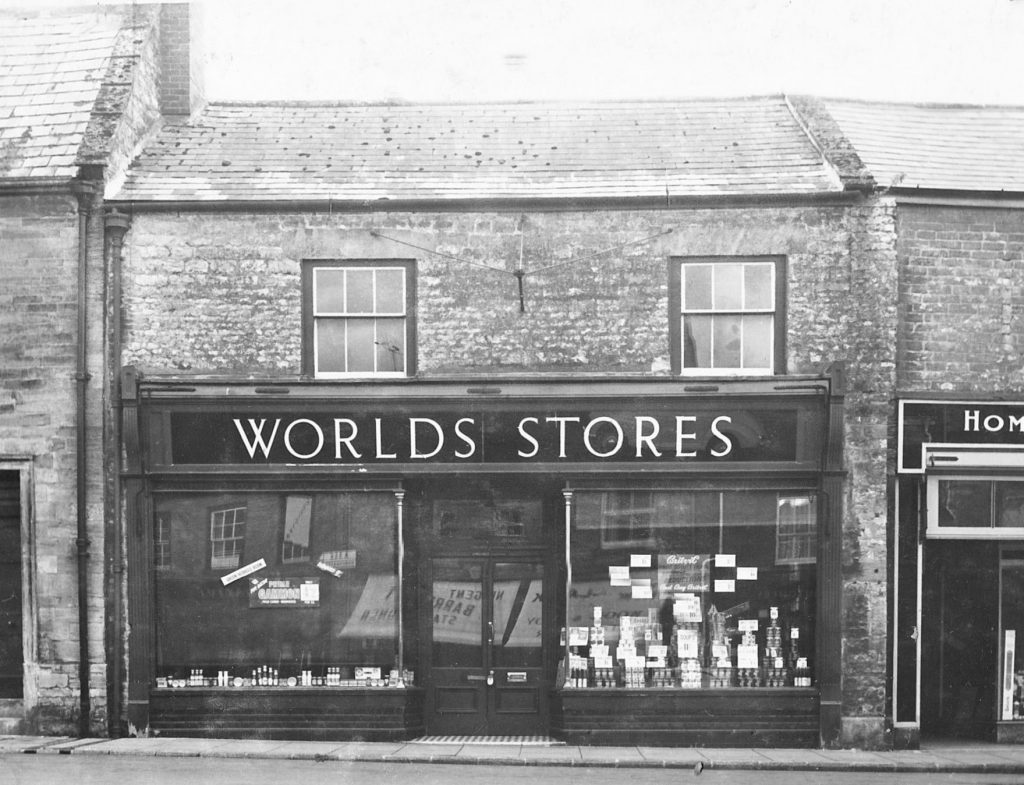
Can you enlighten us with any information about this Photograph?
Please email crewkernemuseum@hotmail.co.uk.
Can you help?
Photograph taken in Market Street in 19??.
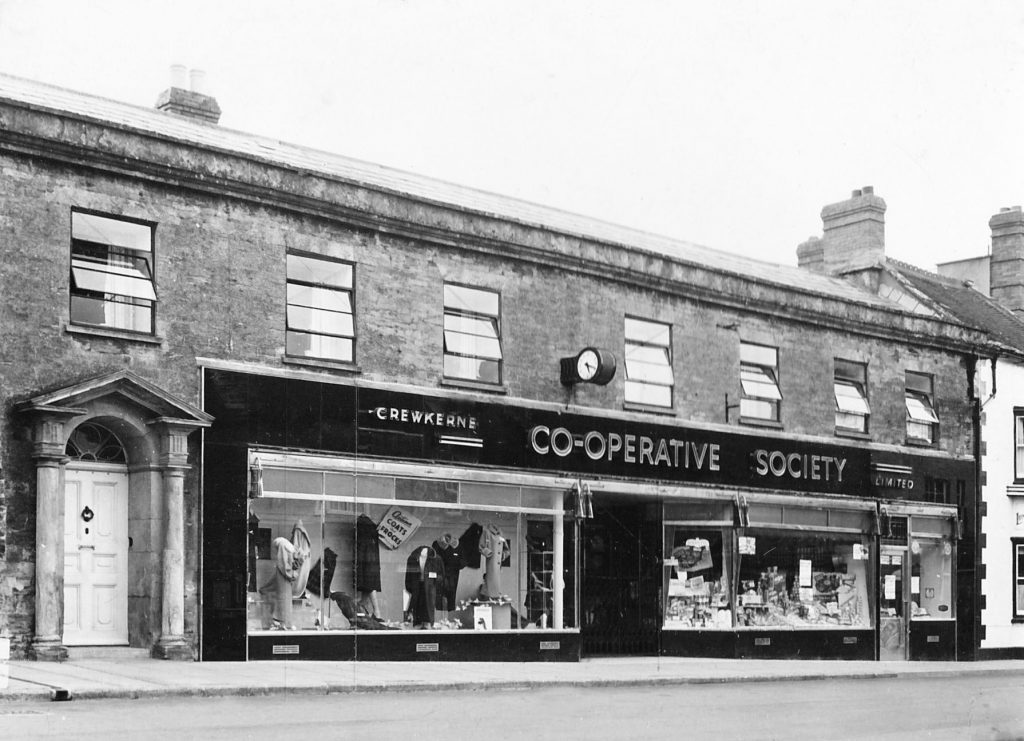
Can you enlighten us with any information about this Photograph?
Please email crewkernemuseum@hotmail.co.uk.

